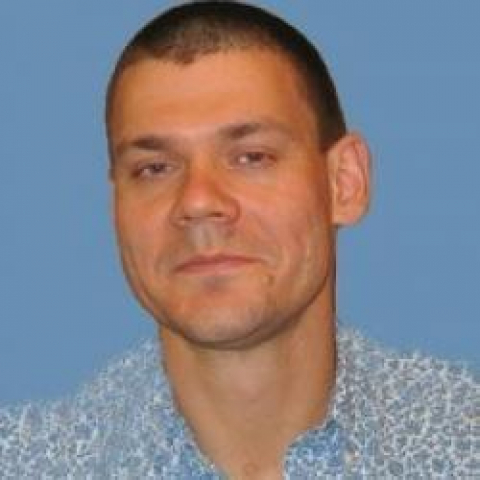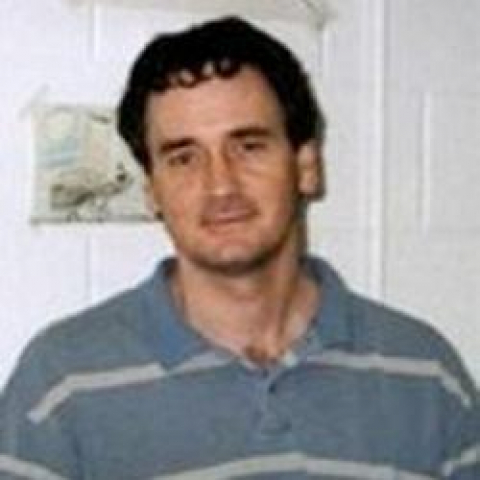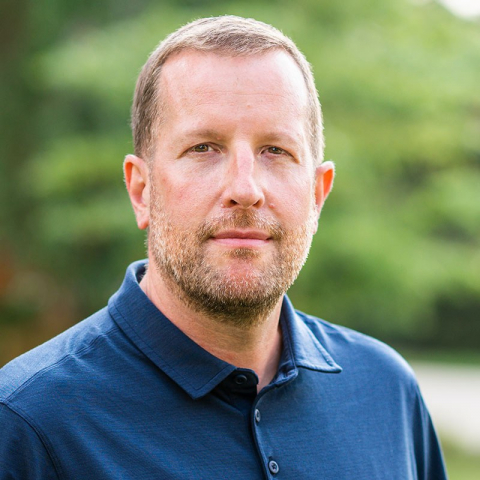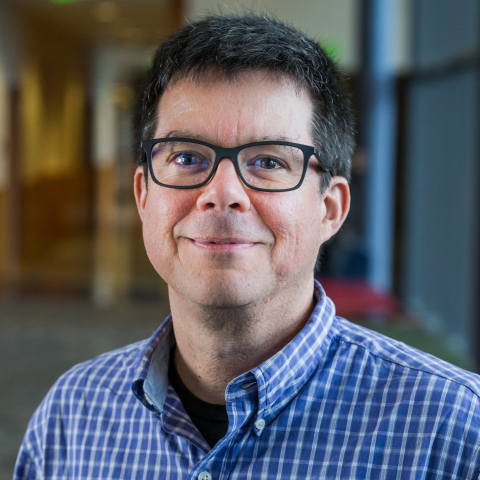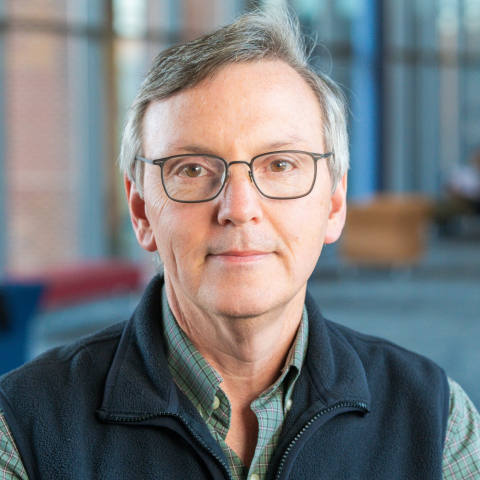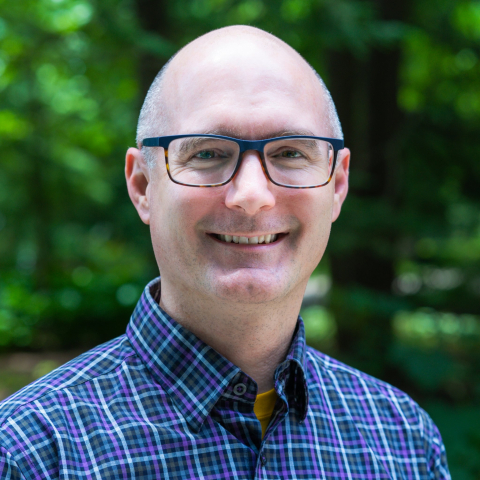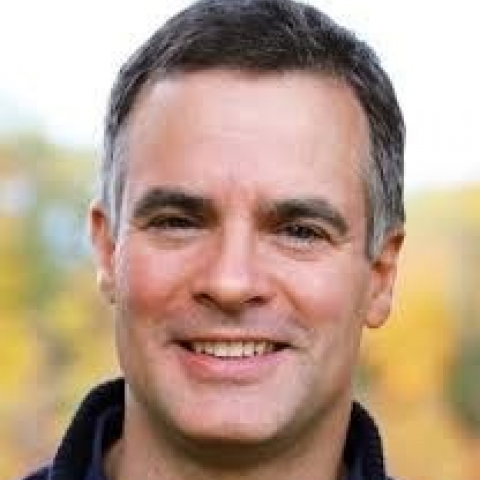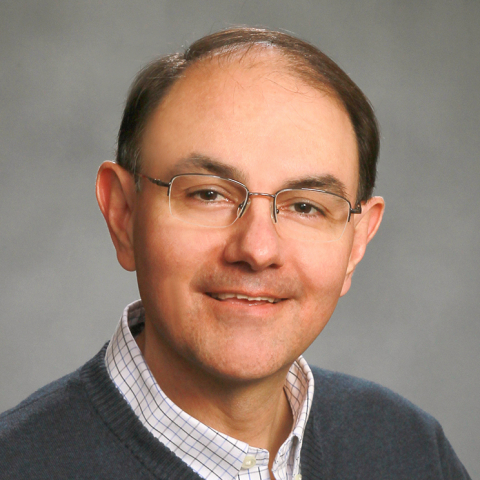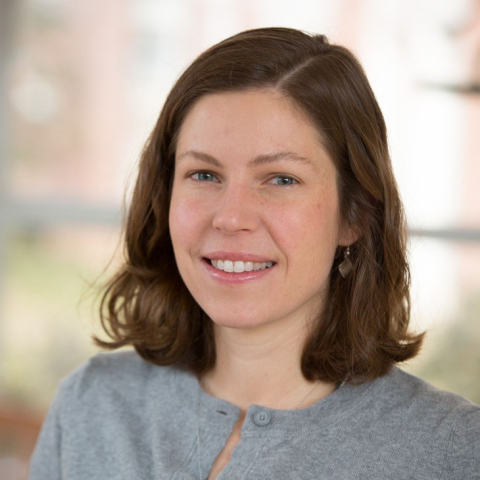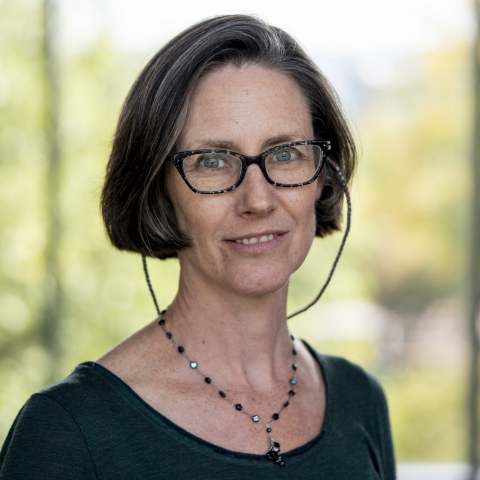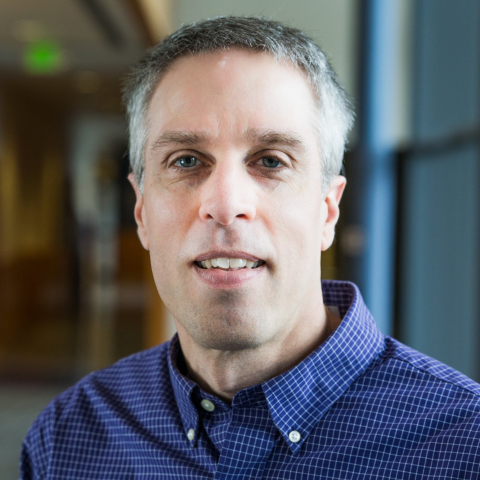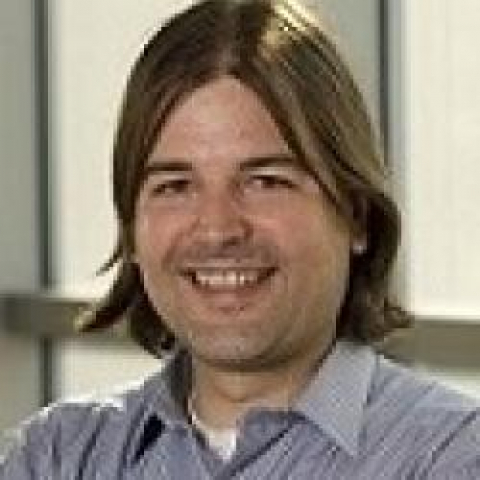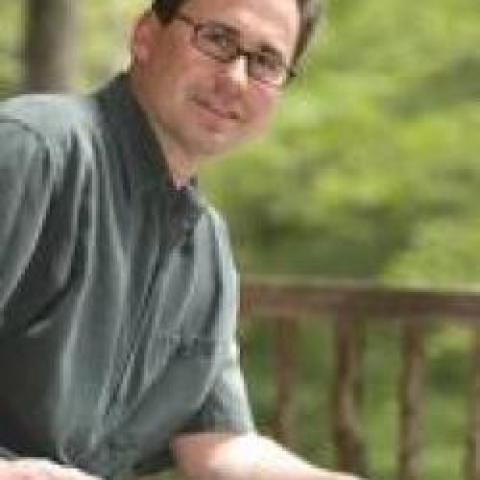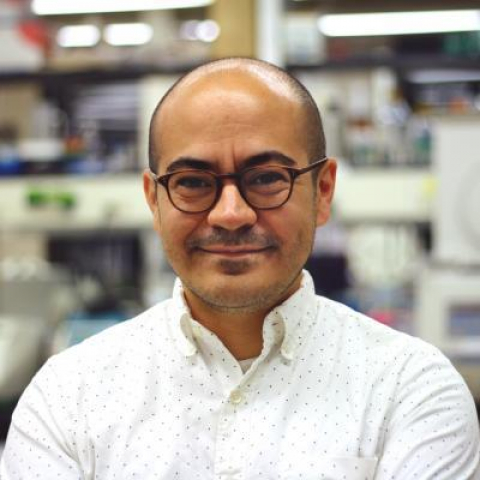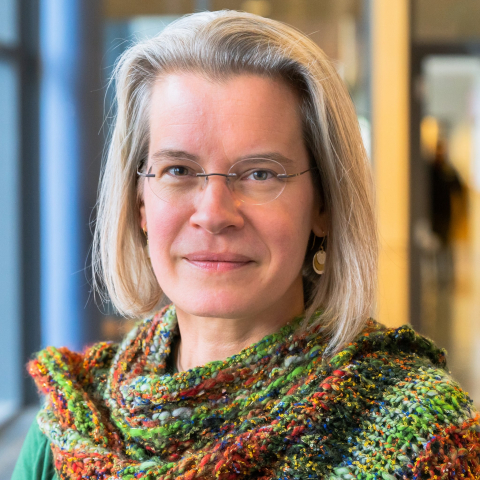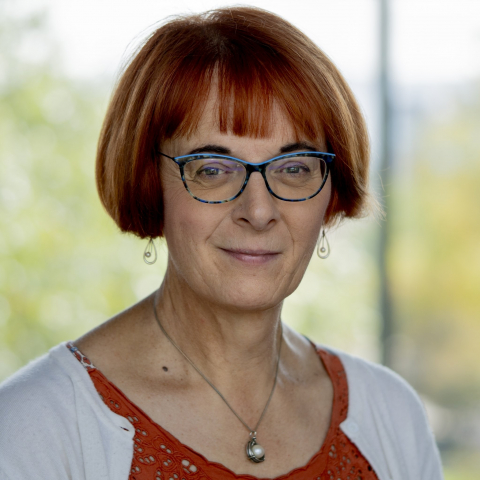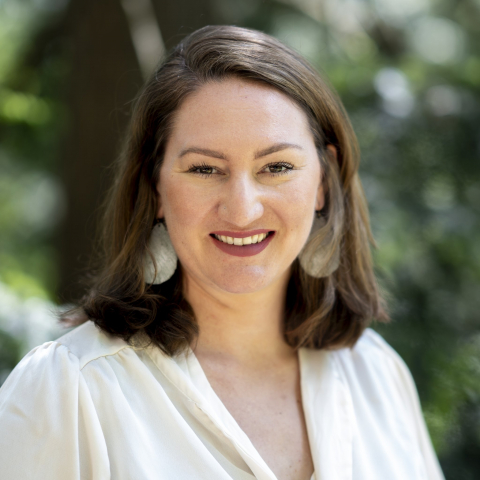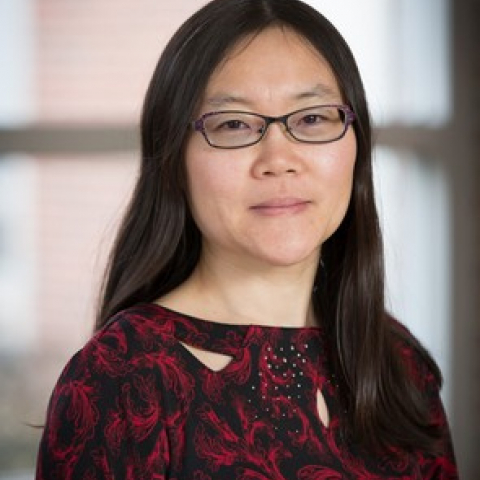People: Molecular Evolutionary Genetics
Anton Nekrutenko
Dorothy Foher Huck and J. Lloyd Huck Chair in Genomics, Professor of Biochemistry and Molecular Biology
Evolution of overlapping reading frames in eukaryotic genomes.
Richard Ordway
Professor of Molecular Neuroscience and Genetics
Genetic analysis of neural function.
Andrew Patterson
Associate Director, Huck Institutes of the Life Sciences; Professor and Huck Chair of Molecular Toxicology; Faculty Oversight, Metabolomics Core Facility
The Patterson lab is focused on understanding the host-metabolite-microbiome axis
Robert Paulson
Professor of Veterinary and Biomedical Sciences
The Paulson lab studies the mechanisms that regulate tissue regeneration with a focus on understanding the response to anemic and hypoxic stress
Gary Perdew
Director of the Center for Molecular Toxicology and Carcinogenesis; H. Thomas and Dorothy Willits Hallowell Chair in Agricultural Sciences
Mechanisms of receptor-mediated carcinogenesis.
George Perry
Professor of Anthropology and Biology
Anthropological genomics, paleogenomics, human body size evolution, parasite evolution, and evolutionary medicine.
Jeffrey Peters
Distinguished Professor of Molecular Toxicology and Carcinogenesis
Roles of peroxisome proliferator-activated receptors (PPARs) in the regulation of homeostasis, toxicology, and carcinogenesis.
David Puts
Professor of Anthropology
Understanding both the endocrine mechanisms underlying human sexual differentiation and the evolution of these mechanisms, particularly the influence of sexual selection.
Joseph Reese
Professor of Biochemistry and Molecular Biology
Gene regulation in cell cycle and DNA damage control; regulation of DNA damage-induced transcription.
Tanya Renner
Associate Professor of Entomology
Evolution of chemical and structural defense. Molecular evolution, evolutionary genomics, and transcriptomics. Origins and evolution of carnivorous plants.
Melissa Rolls
Lead Huck Graduate Chair; Chair, Intercollege Graduate Degree Program in Molecular, Cellular, and Integrative Biosciences; Director of the Center for Cellular Dynamics; Paul Berg Professor of Biochemistry and Molecular Biology
Subcellular compartmentalization of neurons. The cellular basis of neuronal polarity and neuronal responses to injury including degeneration and regeneration.
Anthony Schmitt
Professor of Molecular Immunology and Infectious Diseases
The process of paramyxovirus particle formation by budding: identifying and characterizing viral proteins used in budding, and learning how these manipulate host budding machinery to allow virus release.
Idan Shalev
Assistant Professor of Biobehavioral Health
Interdisciplinary approach to identify mechanisms underpinning the biological embedding of stress across the lifespan with a special focus on biological aging.
Mark Shriver
Professor of Biological Anthropology
Human population genomics and complex disease mapping.
Tom Stewart
Assistant Professor of Biology
Evolutionary and developmental approaches to ask: how does morphological novelty evolve, and what are the causes of major evolutionary transitions?
Moriah Szpara
Professor of Biology
How genetic variation influences the outcomes of viral infection, particularly for neurotropic viruses such as herpes simplex virus 1 (HSV-1) and HSV-2, using high-throughput sequencing, comparative genomics, neuronal cultures, and genetic manipulation of both host and pathogen.
Zachary Szpiech
Assistant Professor of Biology
Population and evolutionary genetics, with applications to medical genetics, anthropology, and conservation
Claire Thomas
Associate Professor of Biology and of Biochemistry and Molecular Biology
Roles of the cytoskeleton at the cell membrane in epithelial cells, including issues of cell polarity and adhesion, cell signaling, and morphogenesis.
Yogasudha Veturi
Assistant Professor of Biobehavioral Health and of Statistics
Developing novel statistical and machine learning methods to better understand shared genetics between complex human diseases across the “phenome” and their connections with cognitive decline as well as genetic underpinnings of sex and ancestral differences in cognitive decline.
Emily Weinert
Professor of Biochemistry and Molecular Biology
The mechanisms by which bacteria sense and respond to the environment, as well as how these signaling proteins/pathways affect competition, host colonization, and pathogenesis.
Laura Weyrich
Associate Professor of Anthropology
Reconstructing ancient oral microbiomes and supporting ancient DNA analysis of past humans, environments, and animals.
Fang (Rose) Zhu
Assistant Professor of Entomology
Understanding the mechanisms and evolution of insects’ adaptation to chemical stresses in their environment.
